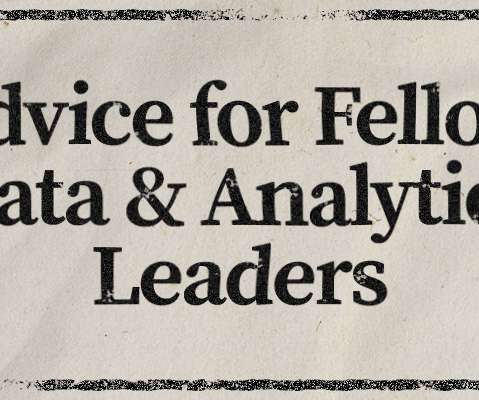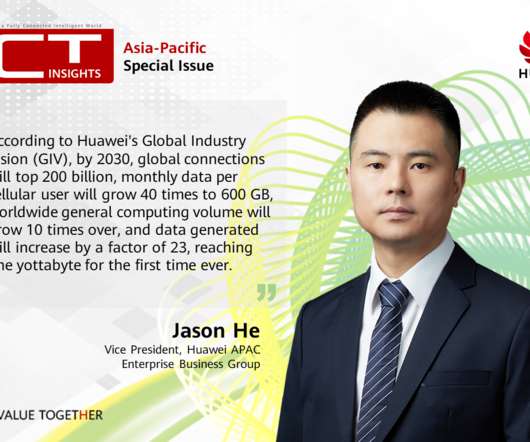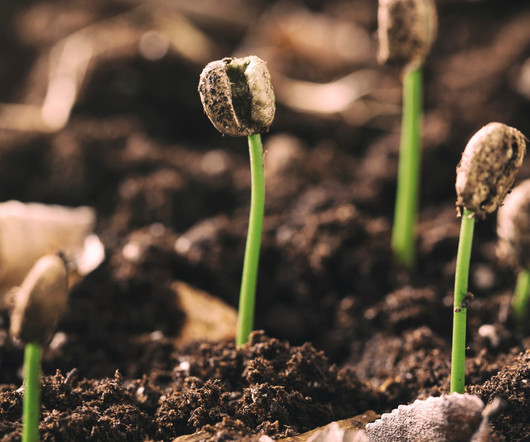Analytics Insights and Careers at the Speed of Data
Rocket-Powered Data Science
MARCH 19, 2021
One of the primary drivers for the phenomenal growth in dynamic real-time data analytics today and in the coming decade is the Internet of Things (IoT) and its sibling the Industrial IoT (IIoT). trillion by 2030. trillion by 2030.”.
















Let's personalize your content